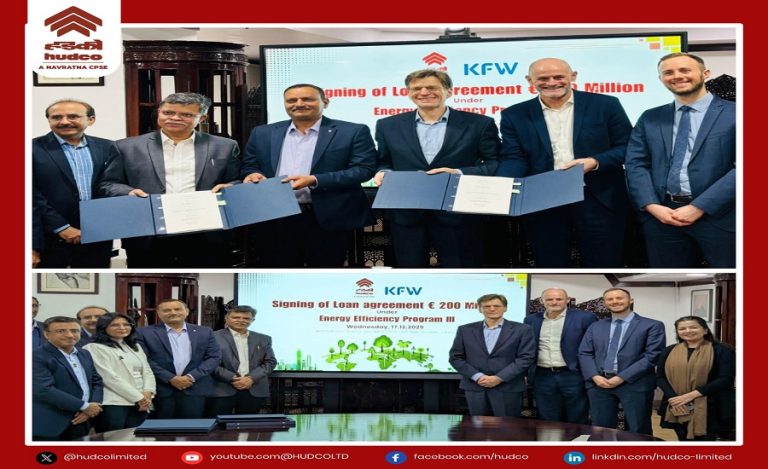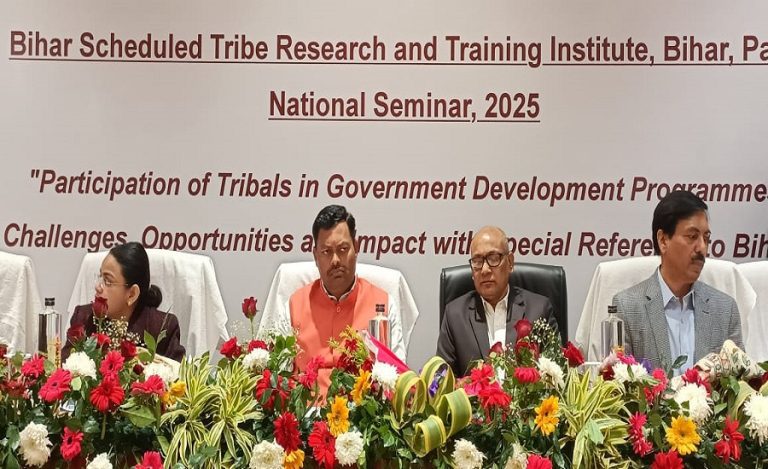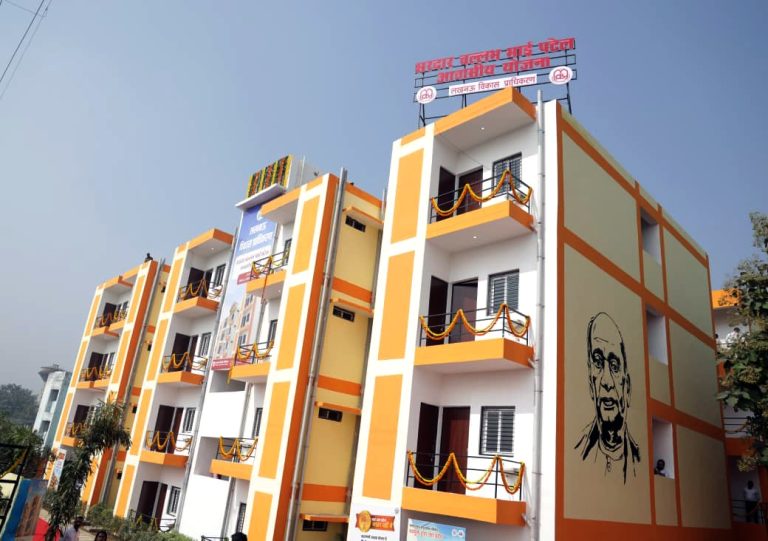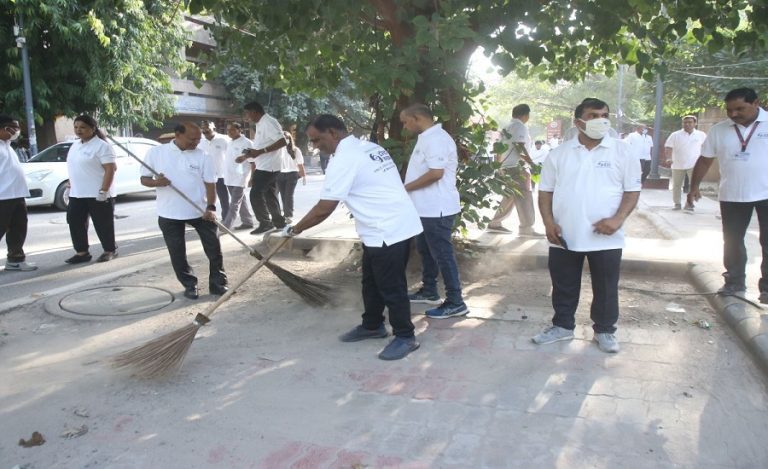New Delhi: In a landmark administrative reform aimed at improving the quality, specialization, and accountability of government audits, the Comptroller and Auditor General (CAG) of India has created two new centralized cadres — the Central Revenue Audit (CRA) Cadre and the Central Expenditure Audit (CEA) Cadre.
The announcement was made on Thursday and marks a major structural overhaul within the Indian Audit and Accounts Department (IA&AD), the institution responsible for auditing central and state government finances.
Objective: Strengthening Expertise and Streamlining Cadre Management
According to an official statement, the creation of these cadres is part of a broader initiative to deepen professional expertise, standardize practices, and eliminate fragmentation in cadre management.
The Central Revenue Audit (CRA) Cadre will focus exclusively on auditing the central government’s receipts, while the Central Expenditure Audit (CEA) Cadre will handle audits related to central government spending.
This restructuring is designed to centralize and unify audit oversight, leading to more efficient supervision and improved consistency in audit quality across departments.
Over 4,000 Audit Professionals to Benefit
The two specialized cadres will collectively manage an estimated 4,000 audit professionals working at various levels across the country.
Currently, audit work related to central receipts and expenditures is handled through nine Director General (Audit) and Principal Director (Audit) offices.
By consolidating these functions under the new framework, the CAG aims to streamline coordination, improve manpower deployment, and foster specialization within the audit workforce.
Reduction in Cadre-Controlling Authorities
Before this reform, 16 cadre-controlling authorities managed central revenue audit personnel, and 19 oversaw central expenditure audit staff.
Under the new structure, each vertical will have a single central authority, simplifying administration and enabling unified policy implementation for recruitment, training, and promotions.
All-India Transfer Liability and Separate SAS Examinations
Sources said that both cadres will feature an all-India transfer liability, which will allow for more equitable rotation and better opportunities for postings closer to home over time.
In addition, there will be two separate Subordinate Audit Service (SAS) examinations — one for the CRA cadre and another for the CEA cadre — ensuring that personnel are trained and tested in domain-specific expertise.
Operational from January 1, 2026
The new cadre system will become operational from January 1, 2026. Officials said preparatory work is already underway to finalize postings, training modules, and examination frameworks before rollout.
The reform is expected to enhance the professional depth of India’s auditing ecosystem, aligning it with international standards and ensuring better accountability of public funds.
Significance of the Move
Experts view this as a strategic move that will help the CAG’s office adopt more specialized, domain-based auditing, particularly in areas like taxation, customs, defense, and social sector spending.
By focusing on specialization and centralization, the reform is also expected to reduce duplication, enhance inter-office collaboration, and improve the timeliness and impact of audit findings.



























